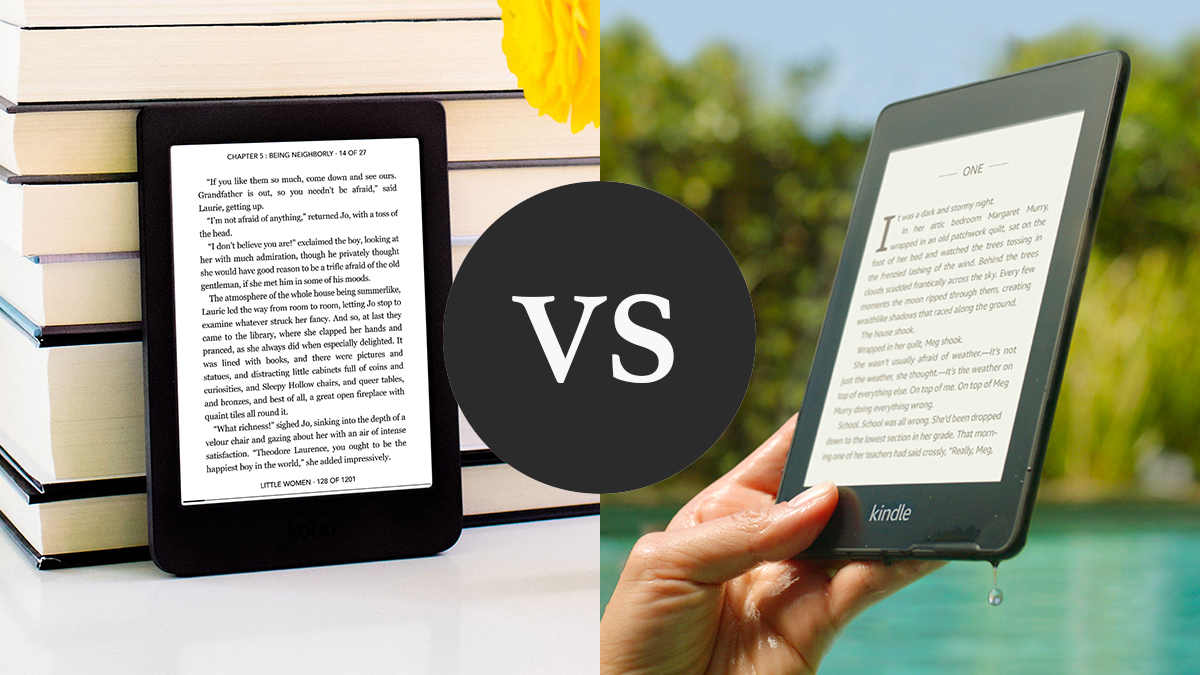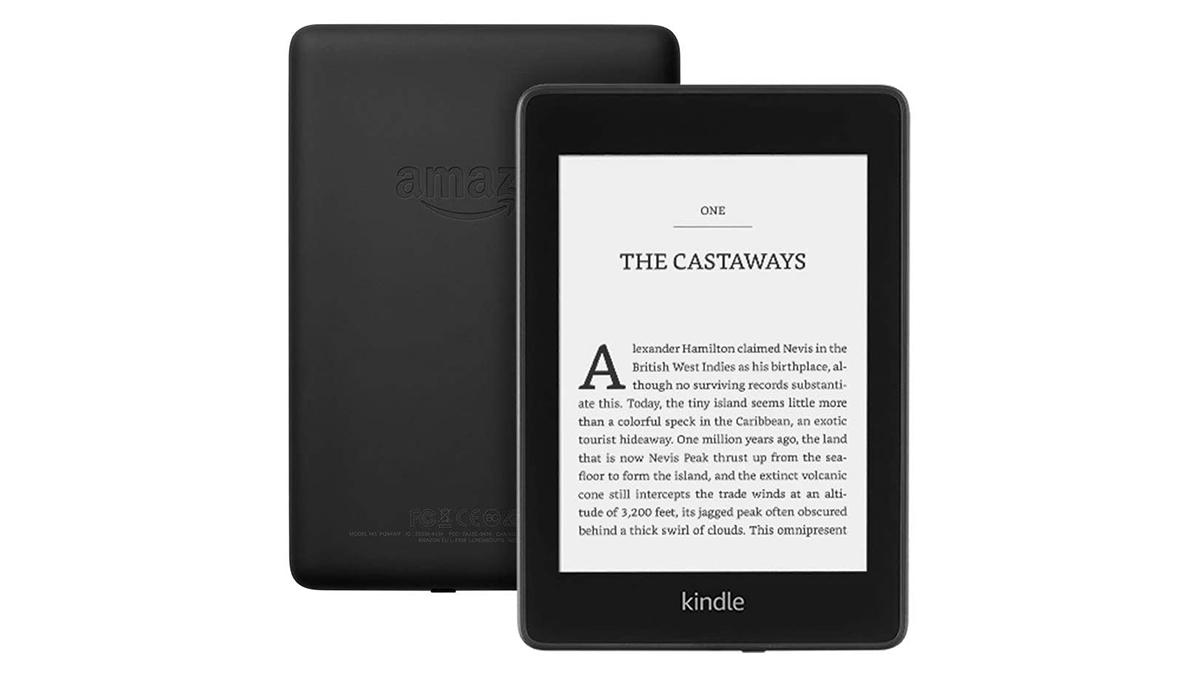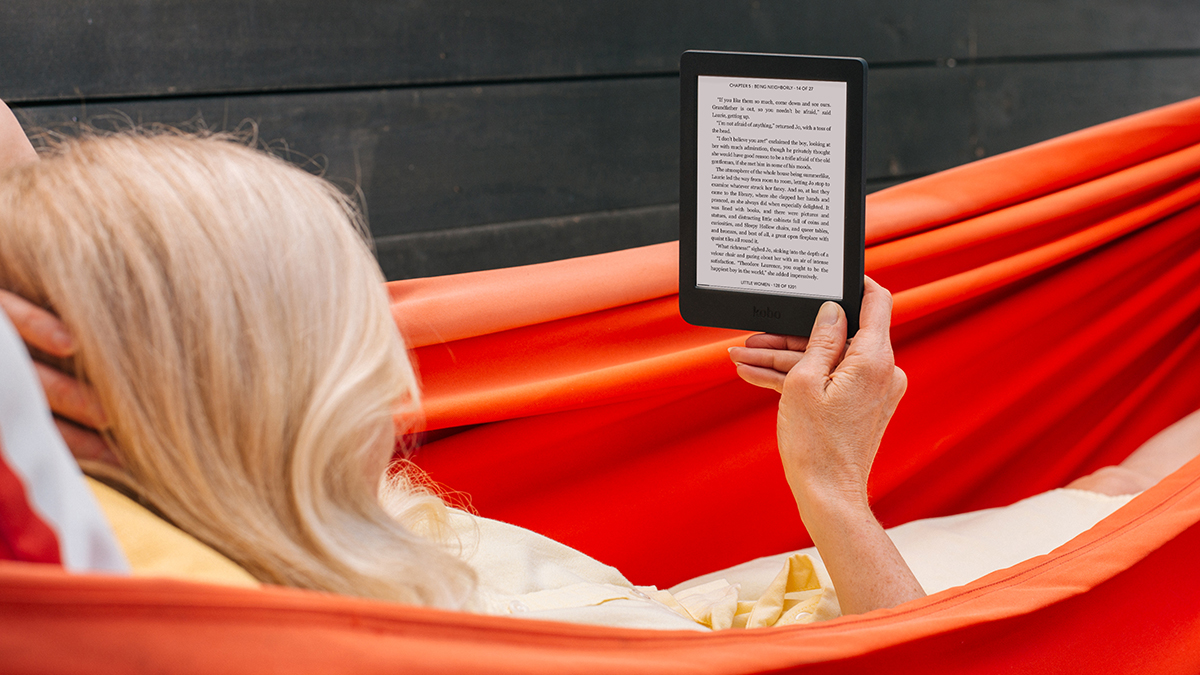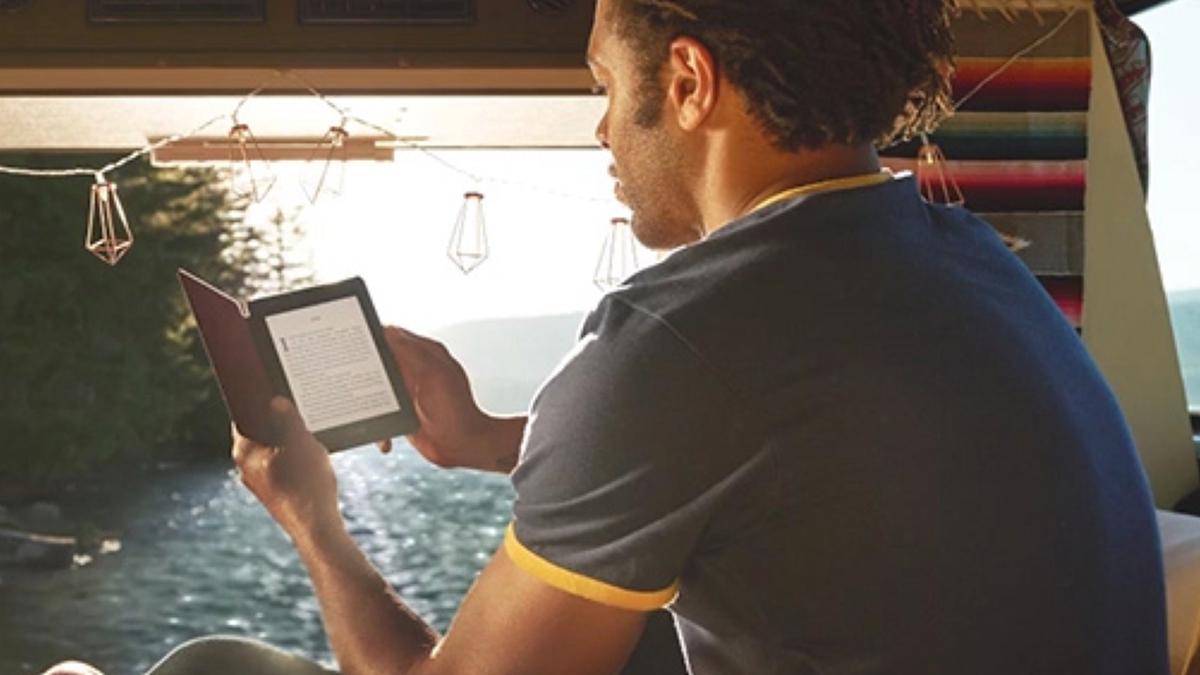Kindle Paperwhite vs Kobo Nia: Which is the best choice for curling up with an ebook?
We put Amazon up against Kobo in the £90-£120 eReader price bracket to see which model comes out on top

In the argument of Kindle Paperwhite vs Kobo Nia, the declared winner depends on your personal preferences—specifically what you hope to get out of your device.
You've got more choice than you might think when it comes to eReaders, with Amazon and Kobo both offering several options in their respective ranges – and here we're going to see how the Kindle Paperwhite matches up against the Kobo Nia.
The Kobo Nia is the cheapest of all the Kobos, whereas the Kindle Paperwhite is a step up from the cheapest Kindle in Amazon's range of models. Here's how they stack up against each other in all the categories that matter.
Kindle Paperwhite vs Kobo Nia: design
Squint your eyes and the Kindle Paperwhite and the Kobo Nia look alike, aside from the logo down on the bottom chin. Both adopt a minimal, straightforward design, with an E Ink screen surrounded by black plastic – these are eReaders that keep the extra design flourishes to a minimum, which is OK by us.
We'll get to the screen in a moment, but considering the dimensions of the eReaders overall, the Kindle Paperwhite is the slightly bigger but slightly thinner device – 116mm x 167mm x 8.2mm compared with the Kobo Nia's measurements of 112.4mm x 159.3mm x 9.2mm. The Kindle Paperwhite is available in black, plum, sage and blue, while the Kobo Nia is only offered in black.
We do like the patterned, textured back of the Kobo Nia, whereas the Kindle Paperwhite goes for a flatter, plainer approach. Both eReaders are easy to hold in one hand and will take up about the same room in a bag, so there's not much to choose between them at all when it comes to design. Both these devices use a micro USB data and charging socket, rather than the newer USB-C.

Kindle Paperwhite vs Kobo Nia: screen
Both the Kindle Paperwhite and the Kobia Nia come sporting 6in E Ink screens, although the Paperwhite has a slighter sharper resolution – 300 pixels per inch rather than 212 pixels per inch. It won't make much of a difference to the naked eye, but the Amazon eReader wins in the screen sharpness category.
Sign up to our free daily email for the latest royal and entertainment news, interesting opinion, expert advice on styling and beauty trends, and no-nonsense guides to the health and wellness questions you want answered.
Otherwise, the screens are very much the same – monochrome panels that respond to touch input to turn the digital pages. Both screens come with anti-glare technology that makes it very easy to read in any sort of lighting (including bright sunlight during the day).
Both the Kindle Paperwhite and the Kobo Nia have front display lights that can illuminate whatever you're reading in darker lighting conditions, so they're about even here, too. It's a close call in this department but the Kindle Paperwhite just about edges it.

Kindle Paperwhite vs Kobo Nia: features
You can buy the Kindle Paperwhite with either 8GB or 32GB of storage (with the price rising accordingly), whereas the Kobo Nia sticks with 8GB as the sole option. For most people, 8GB is probably going to suffice – it's enough capacity to carry several thousand ebooks around at once, so you'll never be stuck for something to read.
The Kobo Nia supports a few more ebook formats (including the popular .epub format) than the Kindle Paperwhite, whereas the Amazon eReader tends to focus on the proprietary format used in its own store. On the other hand, the Kindle Paperwhite supports audiobooks (via Bluetooth headphones), whereas the Kobo Nia doesn't.
Waterproofing is something else that the Kindle Paperwhite has that the Kobo Nia doesn't, so you don't have to worry about dropping the Amazon device in the bath or the sink. The Kindle Paperwhite comes with a bigger battery – 1,500 mAh versus 1,000 mAh, but both eReaders are going to last you weeks between charges.

Kindle Paperwhite vs Kobo Nia: software
It’s easy to get around both eReaders and the ebooks you load on to them. You get plenty of font and text size settings on both these devices, so you can customise the screen text as you like.
The software that comes along with the Kobo Nia is a little less cluttered and more straightforward, with more space and more focus on the ebooks you already have, rather than the ones that you might want to buy next from the digital store – and, of course, both Amazon and Kobo offer ebook stores packed with thousands of titles.
The software that comes supplied with these eReaders is similar enough that it's not really going to convince you to buy one over the other – there aren't any standout options or features that you get on the Amazon eReader that you don't get on the Kobo eReader, and vice versa.

Kindle Paperwhite vs Kobo Nia: price and verdict
As you've seen, the Kindle Paperwhite edges out the Kobo Nia in most of the categories we've covered – it has a slightly sharper screen, it's waterproof, it has the option of much more storage if you need it and it comes in more colors. In contrast, the main benefits of the Kobo Nia are support for more file formats and software that's not quite as cluttered.
The price is worth considering, though – the Kobo Nia comes in at £89.99, whereas the Kindle Paperwhite starts at £119.99 with Amazon ads on the home screen and £129.99 without. That's a significant saving if you opt for the Kobo Nia – and one you might consider worth sacrificing features such as waterproofing for.
Ultimately, these are two very good eReaders that allow deliver the best books of 2021, best romance books, and more at your fingertips. Whichever one you buy, you won't be disappointed in them. The question is whether you want to pay a bit more for the premium features and upgrades that the Kindle Paperwhite brings with it.
David Nield is a freelance tech and science journalist who has been in the industry for over 20 years. He regularly writes about gadgets, the latest technology, and the biggest news in science for publications including Wired, The Guardian, T3, TechRadar, and Woman & Home.
Outside of work, he enjoys long walks in the countryside, skiing down mountains, watching football matches (as long as his team is winning) and keeping up with the latest movies.